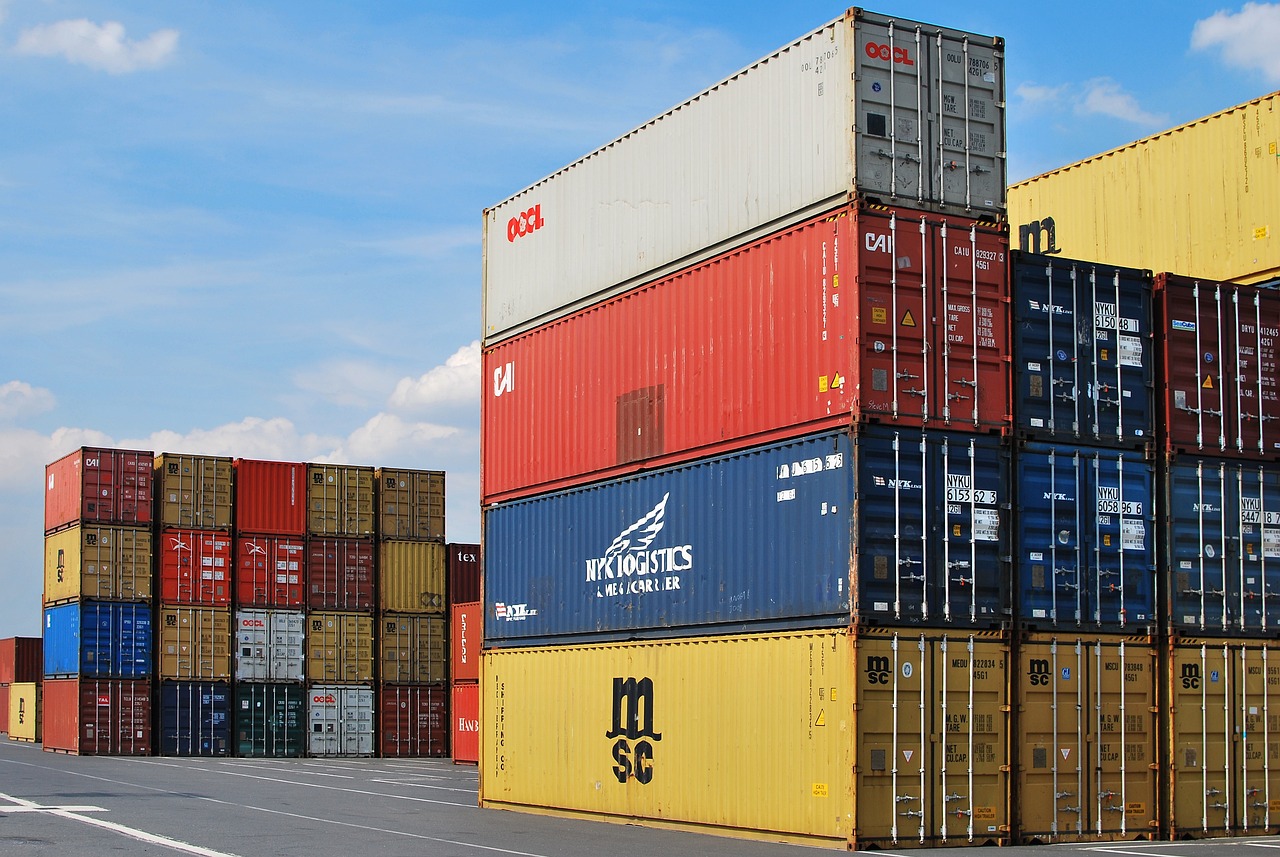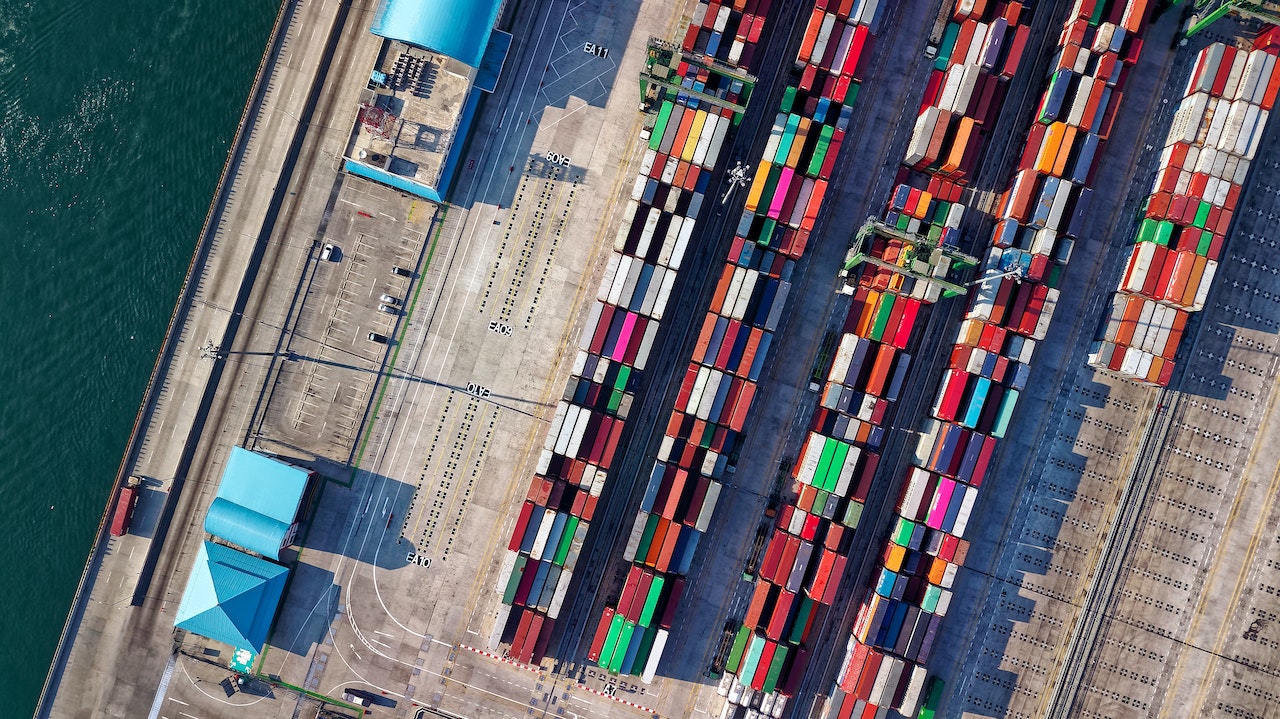Hazardous materials, or HazMat, are substances or materials that can pose a risk to health, safety, or property during transport. Hazardous material shipping refers to the transportation of substances or materials that are considered hazardous or dangerous by the United Nations and other regulatory bodies. These materials can pose a significant threat to human health, safety, property, and the environment if they are not handled, packaged, and transported correctly. Examples of hazardous materials include chemicals, explosives, radioactive materials, flammable liquids or gases, corrosive substances, and infectious agents.
Shipping hazardous materials requires adherence to strict regulations and guidelines that are established to ensure the safety of people and the environment during transport. Hazardous materials shipping involves the use of specialized packaging, labelling, and documentation to identify the nature of the materials being transported and the potential hazards they pose. The regulations also require specialized training for individuals involved in the shipping and handling of hazardous materials to ensure that they are aware of the risks involved and how to minimize them.
The Importance of Hazardous Material Shipping

Public safety
Hazardous material shipping is essential for public safety because it helps to reduce the risk of accidents, incidents, and exposure to dangerous substances. The transportation of hazardous materials can pose significant risks to the public, including:
- Exposure to toxic chemicals or radiation: Hazardous materials may release harmful substances, such as toxic chemicals or radiation, which can pose a significant risk to public health.
- Fire or explosion: Some hazardous materials are flammable or explosive, and in the event of an accident, fire or explosion can pose a significant risk to public safety.
- Environmental damage: Hazardous materials can cause significant damage to the environment, including contamination of soil, water, and air, which can have far-reaching consequences for public health and ecosystems.
Compliance with regulations
Hazardous material shipping is important for compliance with regulations because it is subject to strict regulatory requirements at the national and international levels. These regulations are designed to protect public safety, the environment, and the health and safety of workers involved in the transport of hazardous materials. Non-compliance with hazardous material shipping regulations can result in fines, legal action, and reputational damage for companies involved in shipping hazardous materials.
Facilitation of trade
Hazardous material shipping is important for the facilitation of trade because hazardous materials are essential components of many industries, including chemical manufacturing, oil and gas, and mining. Shipping these materials is critical to maintaining the supply chain for these industries and facilitating trade. Many of the products that we use every day, such as gasoline, pharmaceuticals, and cleaning products, contain hazardous materials. The safe transport of these materials is essential to ensure that they reach their intended destination and can be used in the manufacture of products or in other applications. By adhering to strict regulations for hazardous material shipping, companies can transport these materials safely and efficiently, ensuring that the supply chain remains uninterrupted. This, in turn, helps to facilitate trade and ensure that products are available to consumers and businesses when they are needed.
The Importance of Proper Classification

HazMat classification is a complex process that involves identifying the hazards of a material and assigning it to an appropriate hazard class. The nine hazard classes include explosives, gases, flammable liquids, flammable solids, oxidizing substances, toxic and infectious substances, radioactive materials, corrosives, and miscellaneous dangerous goods. The proper classification of hazardous materials is essential to ensure that they are transported in a safe and efficient manner.
This extends to following HazMat regulations, shipping documentation and packaging and labelling. The regulations require shippers to properly classify, package, label, and document hazardous materials before they are transported. Failure to comply with these regulations can result in significant penalties, fines, and legal liability. The documentation in hazardous material shipping must also include information about the hazardous materials, their hazard class, and any special handling requirements.
The shipper is responsible for ensuring that the documentation is accurate and complete and that it accompanies the hazardous materials during transport. Hazardous materials must also be packaged in containers that are designed and tested to withstand the rigours of transportation.
Thus, by following these regulations and properly documenting, packaging and labelling hazardous materials according to the nine hazard classes, the risk of accidents and threats to public safety is greatly lowered.
Trust in ALPS Global Logistics’ Import and Export Hazardous Services
When it comes to shipping hazardous materials, there is no room for error. Proper classification is critical to ensuring the safe and compliant transport of these materials. This is where ALPS Global Logistics comes in. ALPS Global Logistics is a one-stop logistics solutions hub that offers a wide variety of services, including hazardous cargo services and dangerous goods shipping.
With many years of offering import and export hazardous services, ALPS Global Logistics ensures the safe transportation of your dangerous goods, all performed in accordance with various global safety standards. With ALPS Global you can have peace of mind knowing that your hazardous materials are in the hands of experts.
Contact ALPS Global Logistics today to find out more about their import and export hazardous services.




